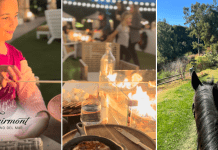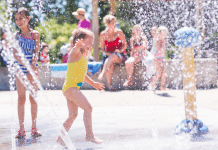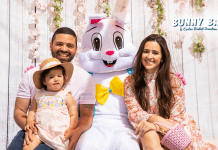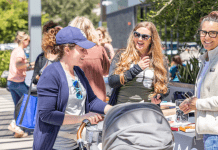November is Native American Heritage Month, a federally recognized designation since 1990. With many of us celebrating Thanksgiving on November 23 this year, it is a great opportunity to discuss Native American Heritage Day, which takes place the following day.
There is much emphasis on teaching our children fast facts about the tradition of the Thanksgiving holiday. However, there is less discussion regarding the history of Native Americans and their contributions outside of that holiday. Celebrating Native American Heritage Day is easy with these great ideas!
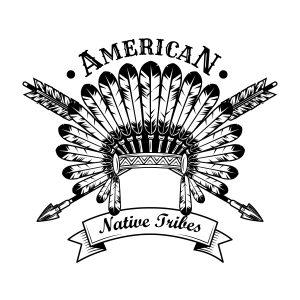
Facts Worth Sharing
For kids, it’s easiest to start with the basics! Today, there are 574 sovereign tribal nations that are federally recognized in the U.S. They are located in 35 of the 50 states. Of the 300 indigenous languages of the United States, only 175 of them are still spoken. Native Americans were granted citizenship in 1924 but were not able to vote in all states until 1957. Thirty percent of Native Americans reside on reservations today, and about 2% of Americans identify as Native American. Find additional facts and activities to share with kids here.
It’s important to consider what Thanksgiving represents to Native Americans. For some, it is a National Day of Mourning to remember lives and land lost during European colonization. It is also a day to honor ancestors and embrace spiritual connection. Others look past the tragic implications and simply view the holiday as a day to celebrate giving and the good things in life.
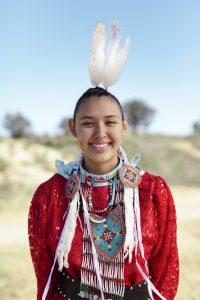
Learn About Local Tribal Nations
Did you know that San Diego County has more Indian reservations than any other county in the United States? There are 4 tribal groups: Kumeyaay/Diegueno, Luiseño, Cahuilla, and Cupeño. We have 18 reservations in total, governed by tribal bands. Some of these are recognizable based on the casinos and resorts they run (Viejas, Sycuan, Barona, and Rincon to name a few). There are approximately 20,000 Native Americans residing in our county, but only a small percentage actually live on reservations.
Have you heard of Kumeyaay Community College? Until recently, I had not and was amazed to learn of the various courses offered in their curriculum. What an awesome opportunity to learn about the local tribe’s history, language, arts, and culture. Cultural demonstrations are open to the community to learn skills like building traditional dwellings and shade canopies (ewaa and ramada), processing clay for pottery, and building tule boats. Follow their Instagram to stay informed on upcoming happenings.
Read Books Written From the Native American Voice
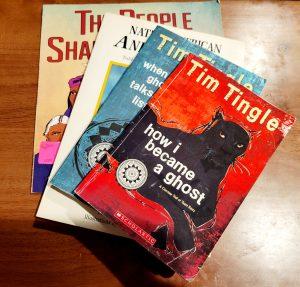
There are many great children’s books written by Native American authors. Visit the San Diego Public Library to check out books from a local branch or digitally through their eCloud. For younger children, the Kid Time Story Time channel on YouTube features several stories told from the Native American voice. Additionally, many books can be purchased from popular online retailers.
Some top contenders for your consideration:
- Dear Miss Karana, by Eric Elliott. This story follows 10-year-old Tishmal, a Luiseño girl who is inspired by the lead character in Island of the Blue Dolphins and tries to communicate with her spirit as well as better understand her own ancestry.
- The People Shall Continue, by Simon J Ortiz, is a story of the strength and courageousness of Native American people during times of invasion and takeover of their land.
- A is for Acorn: A California Indian ABC, by Analisa Tripp. This book is made for toddlers on up, introducing common native concepts, plants, and animals, while showcasing the diversity of California’s indigenous cultures.
For further youth reading recommendations covering Native American traditions, see this list!


